Five hundred miles from civilisation.
3 June 2019
Exploring active volcanism in the South Sandwich Islands. By Emma Liu - Lecturer & Leverhulme Early Career Research Fellow in Volcanology.
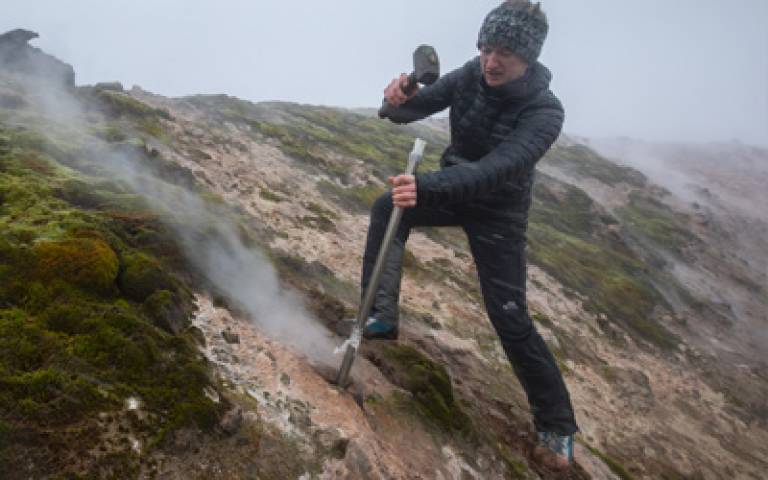
“This expedition challenged me in every way. It was an intense five weeks aboard the Pelagic Australis and a truly once-in-a-lifetime experience. The South Sandwich Islands are harsh, inhospitable environments and the oceans around them are exposed and unforgiving. Every minute that we were able to be ashore was a privilege, and every observation and measurement was hard won. Few volcanologists have ever visited these Islands, and fewer still have landed ashore. We have joined a small handful of people who have had the opportunity to study these remote and enigmatic volcanoes up close, and I’ve come away with a renewed appreciation of why that is.”
In January 2020, I visited the South Sandwich Islands as part of a multi-disciplinary scientific expedition to explore the unique ecology, volcanology, and glaciology of these remote island environments. The South Sandwich Islands are a chain of active volcanoes in the Southern Ocean, located east of the Drake Passage in the region of ocean between South Georgia to the north and the Antarctic continent to the south. The islands themselves are the emergent portions of deep-rooted volcanoes that extend several kilometres beneath the sea to the ocean floor, and many exhibit active expressions of volcanic activity.
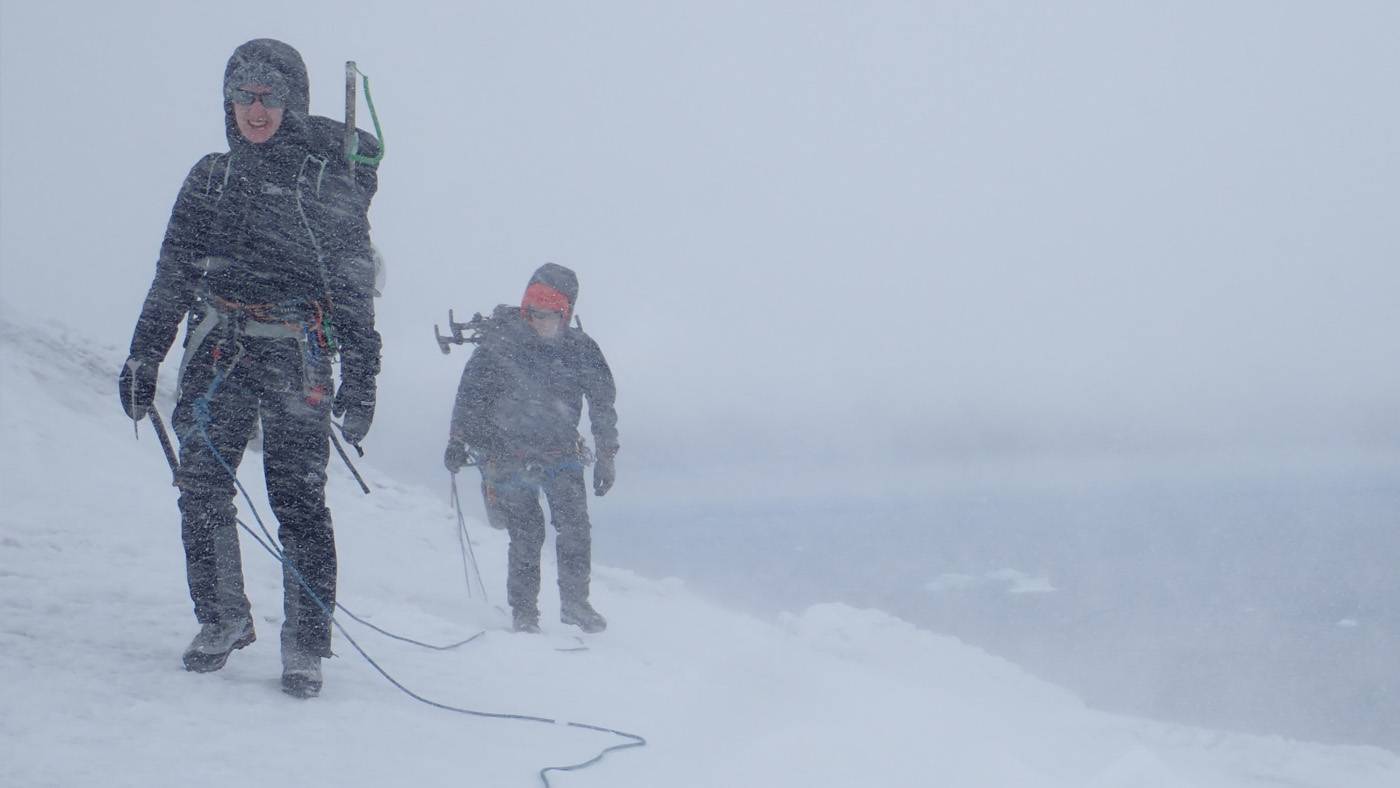
Ascending the southern flank of Mt Michael, we’d roped up for security traversing the crevassed glacier. Conditions deteriorated quickly into a blizzard, however.
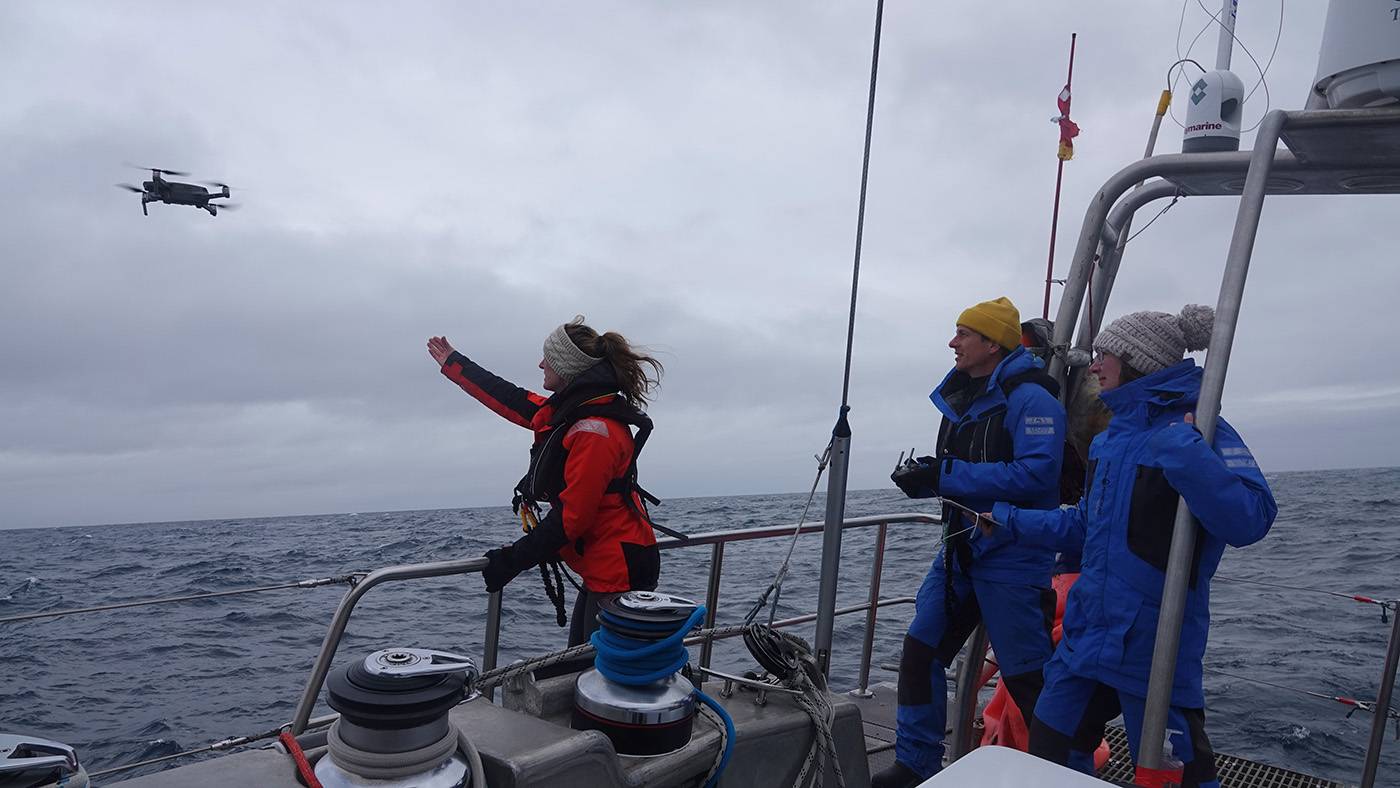
The team launch a small multi-rotor drone to make observations when the ocean was too rough to land ashore.
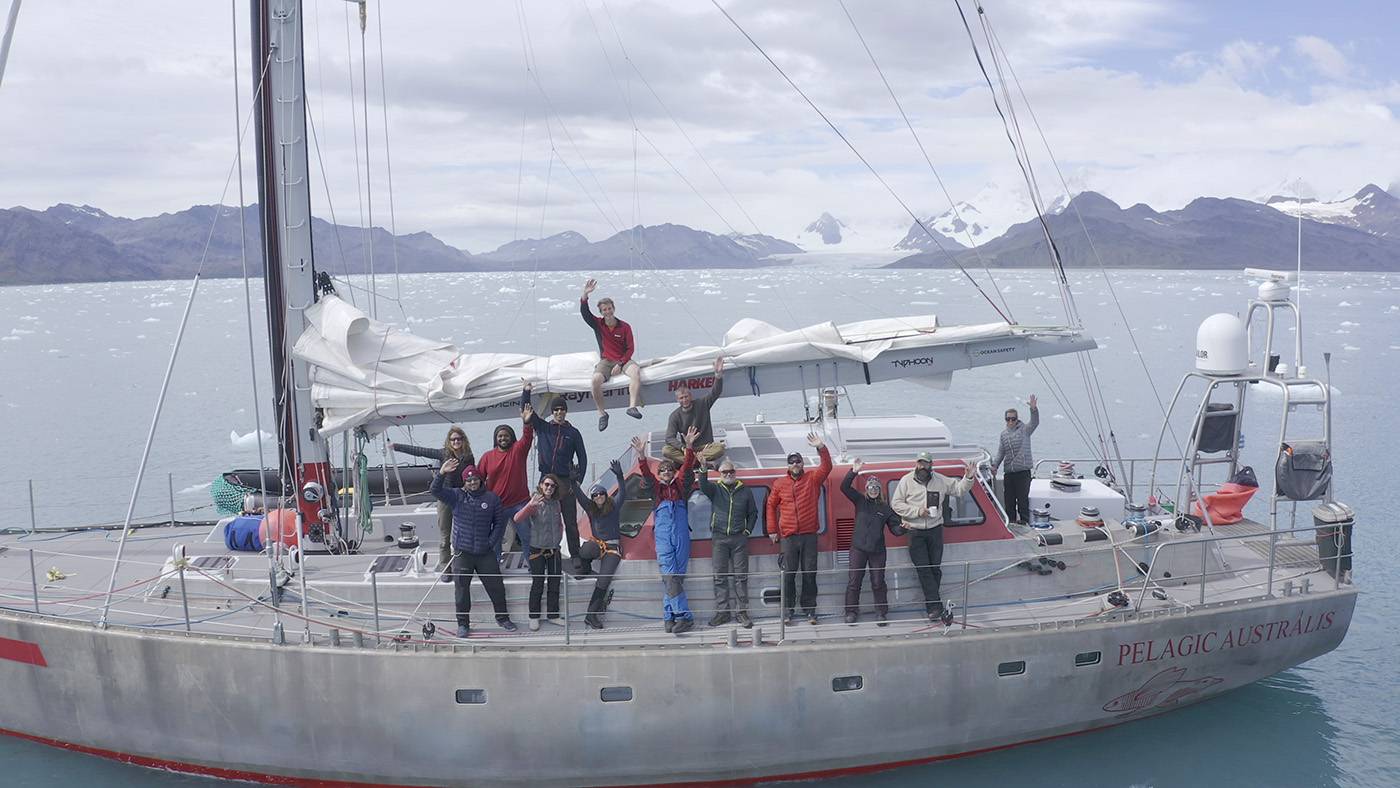
The expedition team aboard the Pelagic Australis. Left to right: Emma Liu, Chris Kobusch, Hamza Yassin, Gemma Clucas, Ted Cheeseman, Jo Feldman, Kieran Wood, Skip Novac, Mario Potocki, Paul Mayewski, Tom Hart, Ruth Peacey, Thomas Geipel, Sophie O’Neill.
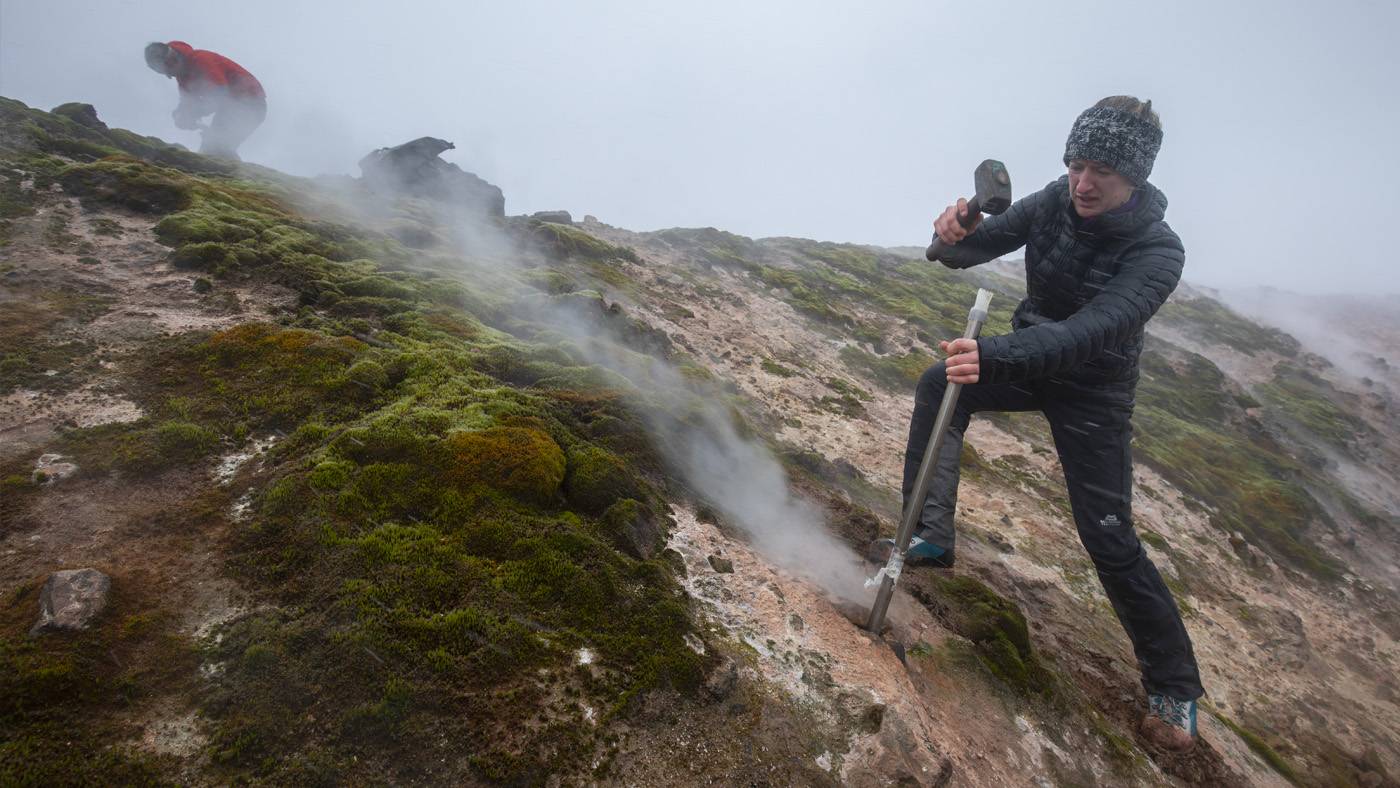
We collected samples of the volcanic gases to analyse back in the laboratory.
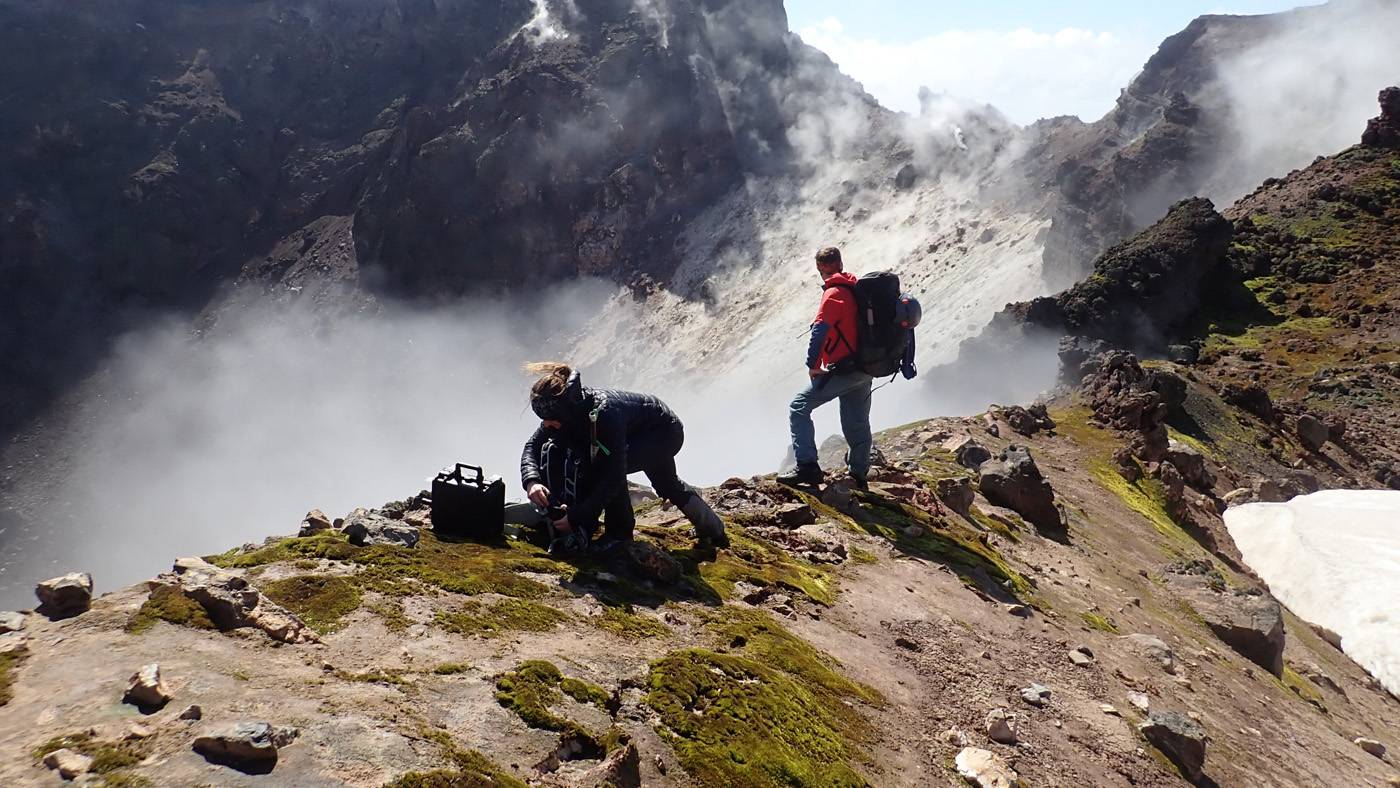
Staring into the crater of Bellingshausen, where strongly degassing fumaroles inside the crater precipitate sulfurous deposits.
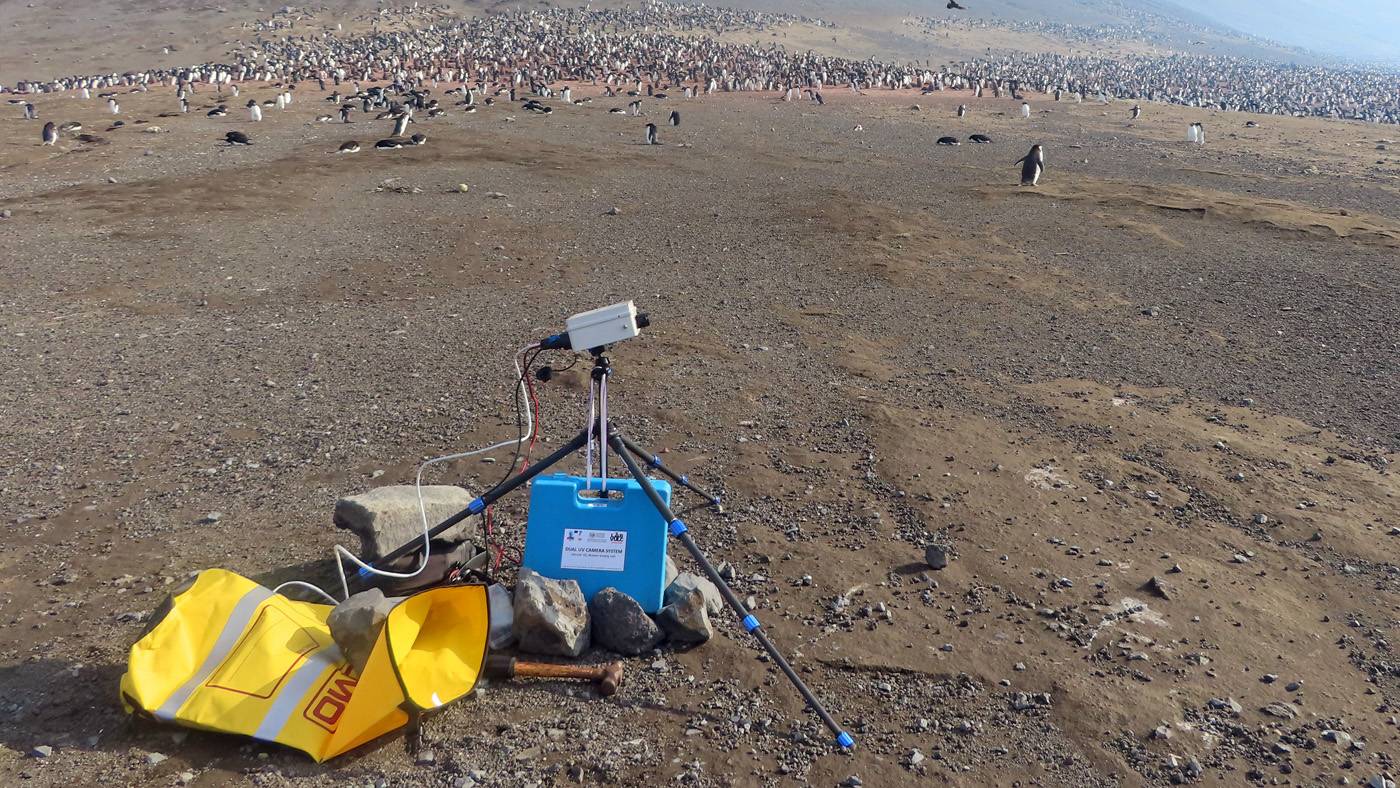
We used a UV camera to measure the emission rate of sulfur dioxide (SO2) from Mt Michael, whilst surrounded by many penguins.
We set sail from Port Stanley in the Falkland Islands on 30 December 2019 aboard the Pelagic Australis, a 23-metre sailing yacht that would be our home for the next five weeks. My aim on this expedition was to study the volcanic processes taking place along the South Sandwich arc, with a focus on characterising the chemistry of the volcanic gases being released. I set out to collect samples and in situ measurements that would constrain the chemical composition and emission rate of active gas emissions and previously erupted lavas. Together with Kieran Wood, we made up the volcanological team. Also in the scientific party were Tom Hart and Gemma Clucas, who collected aerial imagery and penguin faecal samples to study the ecology and genetics of the vast penguin colonies breeding in the SSI; Paul Mayewski and Mario Potocki, who collected snow and ice core samples from glacial ice to investigate the climatic changes preserved in these records; and Ted Cheeseman, a whale ecologist interested in assessing the recovery of whale populations in the South Sandwich Islands following near-extinction by past whaling activities.
Before I left for this expedition, I was warned that we were at the mercy of the weather and should expect to achieve about 10% of what we had planned. With this in mind, I can confidently call the expedition a huge success. We made six shore landings on four islands, collected aerial imagery that will enable the generation of new topographic models, collected almost 40 kg of lava and ash samples, and acquired gas measurements and bag samples from three actively degassing volcanic islands. On top of this, the other scientific teams had their own success stories. I’m determined that this will not be the last time I venture to the South Sandwich Islands, as there is so much left to learn about this unique volcanic environment. You can read the full blog article on the EGU website
Related Links:
- Geochemistry, Mineralogy, Petrology & Volcanology | Five hundred miles from civilisation: Exploring active volcanism in the South Sandwich Islands - EGU Blogs
- Dr Emma Liu's academic profile
- Follow Emma on Twitter
 Close
Close

